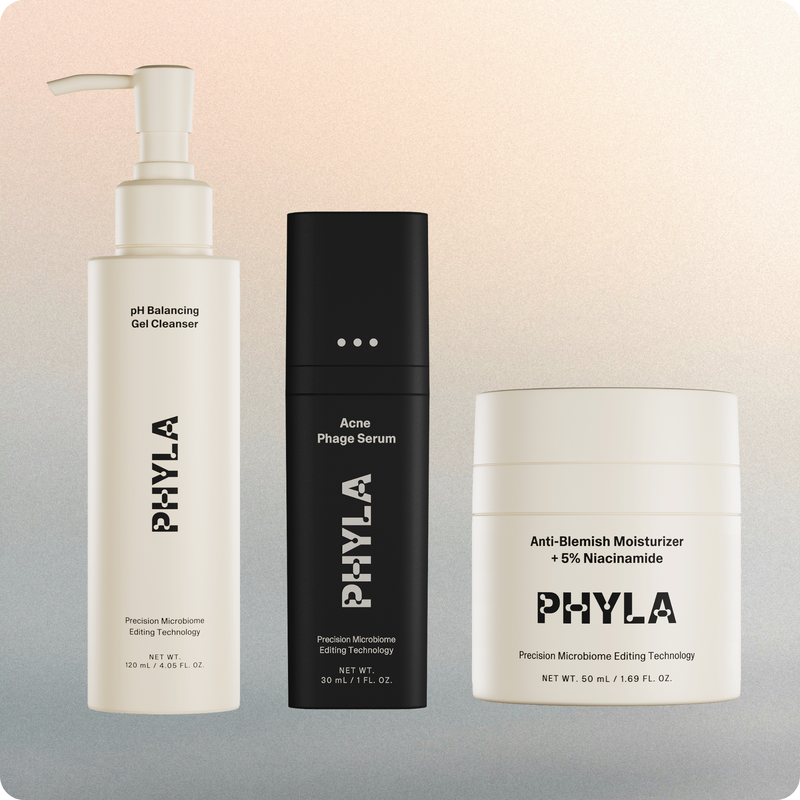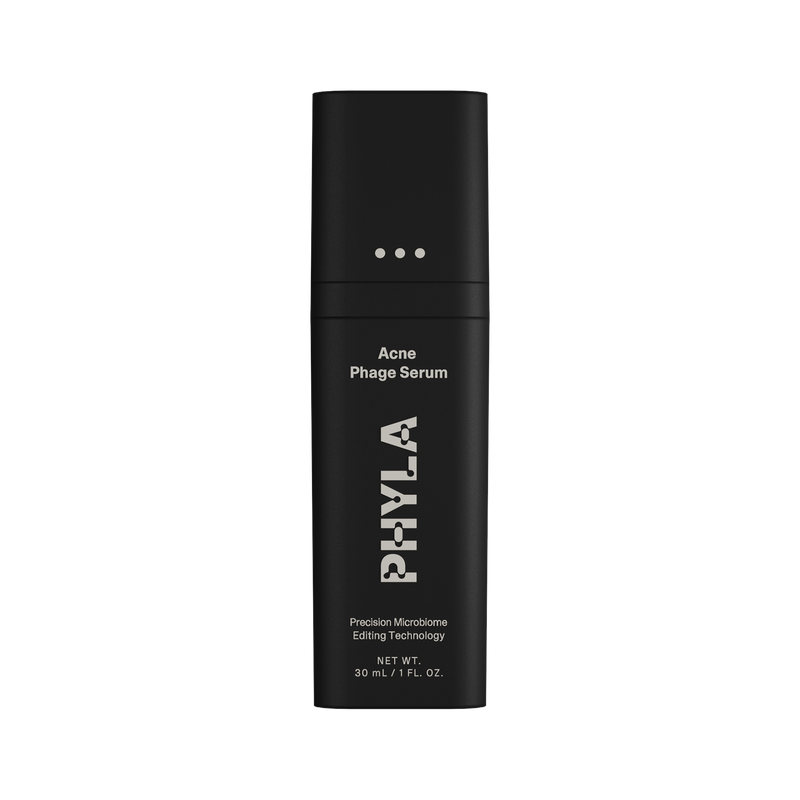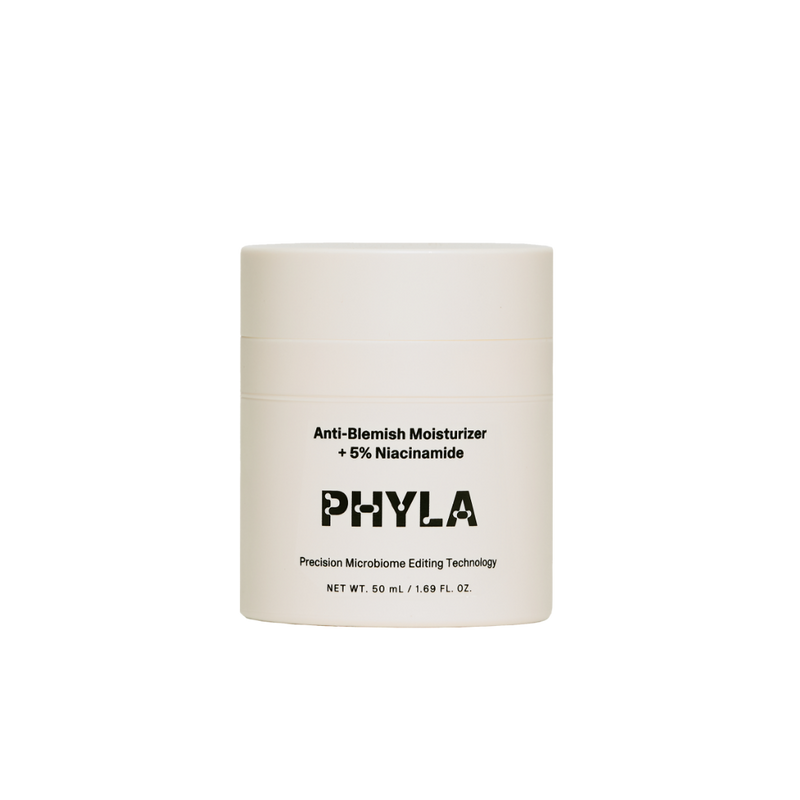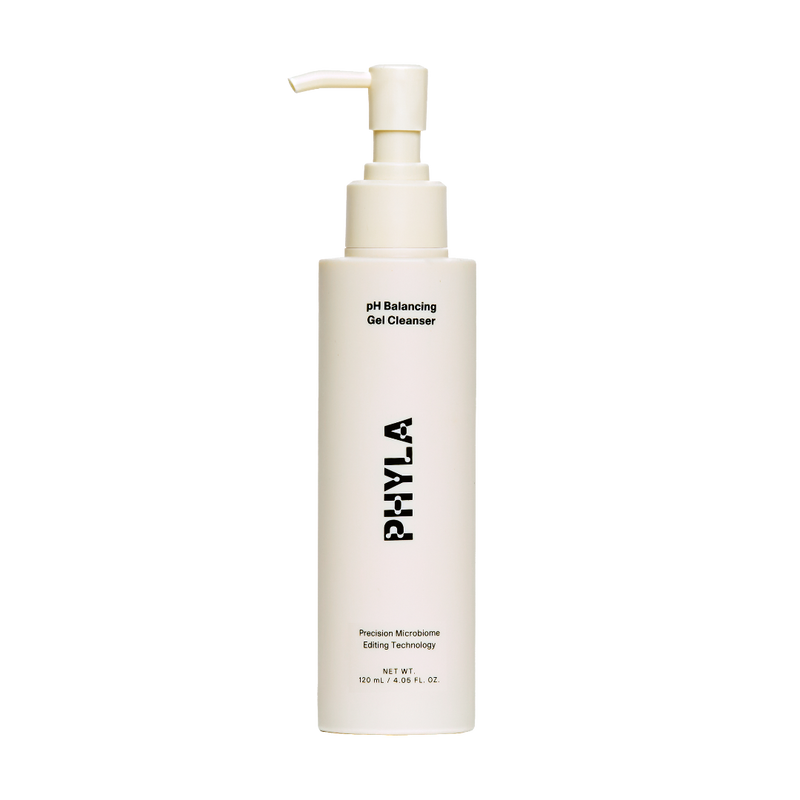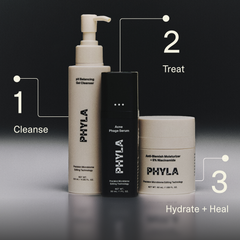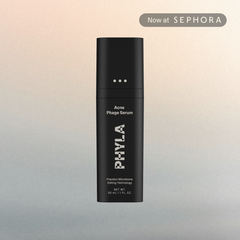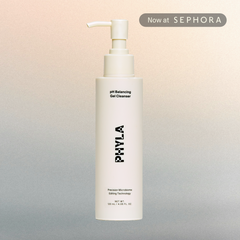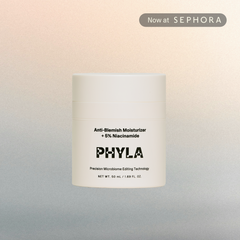How to Get Rid of Blackheads
Blackheads can be annoying, but thankfully they are not a lost cause. Discover how to get rid of blackheads with a bit of consistency and care.

Let’s be real. No one wants skin that’s riddled with blackheads. Blackheads are unsightly and annoying, but thankfully they are not a lost cause. You can get rid of them with a bit of consistency and care.
In most cases, you can even do it yourself from your own home, provided you have the right products and tools. There is always hope for uncovering that smooth, silky, beautiful skin you were born with, so don’t throw in the towel just yet!
What are Blackheads?
Blackheads are the small, visible bumps that form on your skin and when they open, they appear dark or black in color when air hits them—hence the name. They are the result of clogged hair follicles in the skin that have dilated and collected a combination of dead skin cells, dirt, and oil.
You might call those hair follicles the worst kind of hoarders! Often characterized as a form of acne—although mild—blackheads commonly appear on your face but may also be seen on your chest, back, arms, neck, and even your shoulders.
What Causes Blackheads?
When the hair follicles on your skin are clogged due to buildup of dirt, debris, and oil on the skin, a clog or plug is formed. Each follicle on your skin sprouts a hair of its own and is accompanied by a sebaceous gland that produces sebum.
Sebum is an oil that is naturally produced by your skin to help keep it moisturized and soft. Unfortunately, if your skin is not cleansed regularly, all that dirt and oil can build up in your pore or hair follicle, along with those dead skin cells. This buildup causes a bump, which is called a whitehead. When the skin over that bump opens and is exposed to the air, it turns black, forming a blackhead.
There are numerous situations that are ripe for helping blackheads form. These conditions can also contribute to other types of acne on the skin, too. Some of the ways blackheads begin to form are by:
Overproduction of Sebum
Dry and dehydrated skin can trigger the overproduction of sebum to make up for the lack of moisture. This excess sebum can clog the hair follicles, thus creating white and blackheads. That’s why keeping your skin well-hydrated is so important for maintaining healthy, magnificent skin.
Buildup of Bacteria
Bacteria and other germs on the skin can cause both infection and inflammation, ergo acne and blackheads. Propionibacterium bacteria in particular may be the responsible culprit for the formation of blackheads and whiteheads.
Skin Irritation
If your skin is not properly exfoliated from time to time, those dead skin cells can accumulate on its surface. This buildup of dead skin cells may irritate and inflame the hair follicles, which unfortunately results in—you guessed it—blackheads. Are you seeing the inflammation trend?
Hormonal Changes
Hormonal changes in your body, such as during puberty, menstruation, pregnancy, menopause, while taking birth control pills, etc., can change the levels of sebum your skin produces. As mentioned, excess sebum is not your friend! It creates clogs in your pores and hair follicles, and ultimately leads to blackheads.
Drugs
Some drugs and medicines—especially those that influence your hormones in some fashion—may also contribute to the formation of blackheads as a side effect.
Diet
What you eat could potentially affect the quality of your skin, especially the formation of acne.
How to Get Rid of Blackheads
There are numerous ways to prevent and treat blackheads. Keep reading for some of our best suggestions.
Regular Cleansing and Exfoliation
When it comes to white and blackheads, preventing them is relatively straightforward. Thoroughly cleansing your skin each day to remove dirt and debris helps to prevent buildup, which helps to prevent breakouts and blackheads.
Moreover, regular exfoliation can help remove dead skin cells, preventing an accumulation of debris in the hair follicles. Just make sure to ensure that the exfoliator is gentle enough for your skin and doesn’t include any harsh particles that may cause damage or tearing.
Use Products That Suit Your Skin
Before choosing any cleanser or exfoliator or doing any kind of skincare routine really, it’s essential to know your skin type. Most people suffering from acne and blackheads have oily or combination skin. For these skin types, oil-free products may be the best suited.
Be vigilant to read the label and make sure any lotions, moisturizers, and creams are listed as non-comedogenic. By using products designed for your skin type, you can help ensure your skincare products don’t clog your pores and hair follicles.
Manual Removal
Blackheads can even be removed from your skin manually. Of course, they should only be extracted from the skin after proper preparation and you should only ever do this using the proper tools. Whatever you do for your blackhead removal, avoid squeezing blackheads with your fingers as you’re only going to open your skin up to more potential germs, bacteria, and inflammation.
Dermatologists and certified skincare professionals use a specially designed round loop extractor to help remove the plug or blockage from the surface of your skin. Once the blackhead is opened, the clog is removed by applying pressure to the extractor.
You can also do it at home, using a round tool specially designed to remove blackheads. For best results, steam your face beforehand to soften your skin. Softening will make it much easier to extract the black and whiteheads.
Over-the-Counter Treatments
Over the counter treatments include medicines that don’t require a prescription for use. These OTC treatments for blackheads contain ingredients such as salicylic acid, resorcinol, and benzoyl peroxide. They come in gel, cream, and pad forms, to suit your preferences.
Depending on the formula, they work by killing the bacteria and disinfecting the skin, regulating and drying excess oil production, and speeding up skin renewal to shed dead skin cells faster.
Chemical Peels and Masks
Chemical peels are strong chemical solutions that are applied to your skin. These solutions peel off the top layer of your skin, taking along with it dead skin cells and dirt. This helps reveal the smooth, fresh skin hidden underneath all that crud.
There are a variety of chemical peels available, ranging from mild to quite intense. You may want to avoid them if you have extremely sensitive skin. You could try a skincare mask instead. Like peels, skincare masks can be used to clean your skin, dry out excess oil, and bring a beautiful glow to that gorgeous face!
Other Facial Treatments
There are a wide variety of facial and skincare treatments available these days. These include treatments like microdermabrasion, which essentially sands the top layer of your skin to remove clogs and debris from the surface. Kinda cool, but kinda ouch! Laser and light therapy can also be used to kill off bacteria and treat blackheads and acne, without damaging the skin.
These types of treatments can be done at home if you have the right equipment, but you may be better served by seeking treatments like these from a professional, either from your dermatologist’s office, or from a reputable salon with licensed technicians that know what they are doing.
Removing blackheads from your skin doesn’t come without challenges. Some days it may feel like you’re fighting an uphill battle. Between fluctuating hormones and unrelenting environmental factors, keeping your skin healthy is like sitting between a rock and a hard place.
However, by engaging in a regular, consistent skincare routine that cleanses, exfoliates, and hydrates your skin you can and will beat those pesky blackheads and overcome them once and for all! Don’t give up, because clear, glowing skin is just on the other side.

